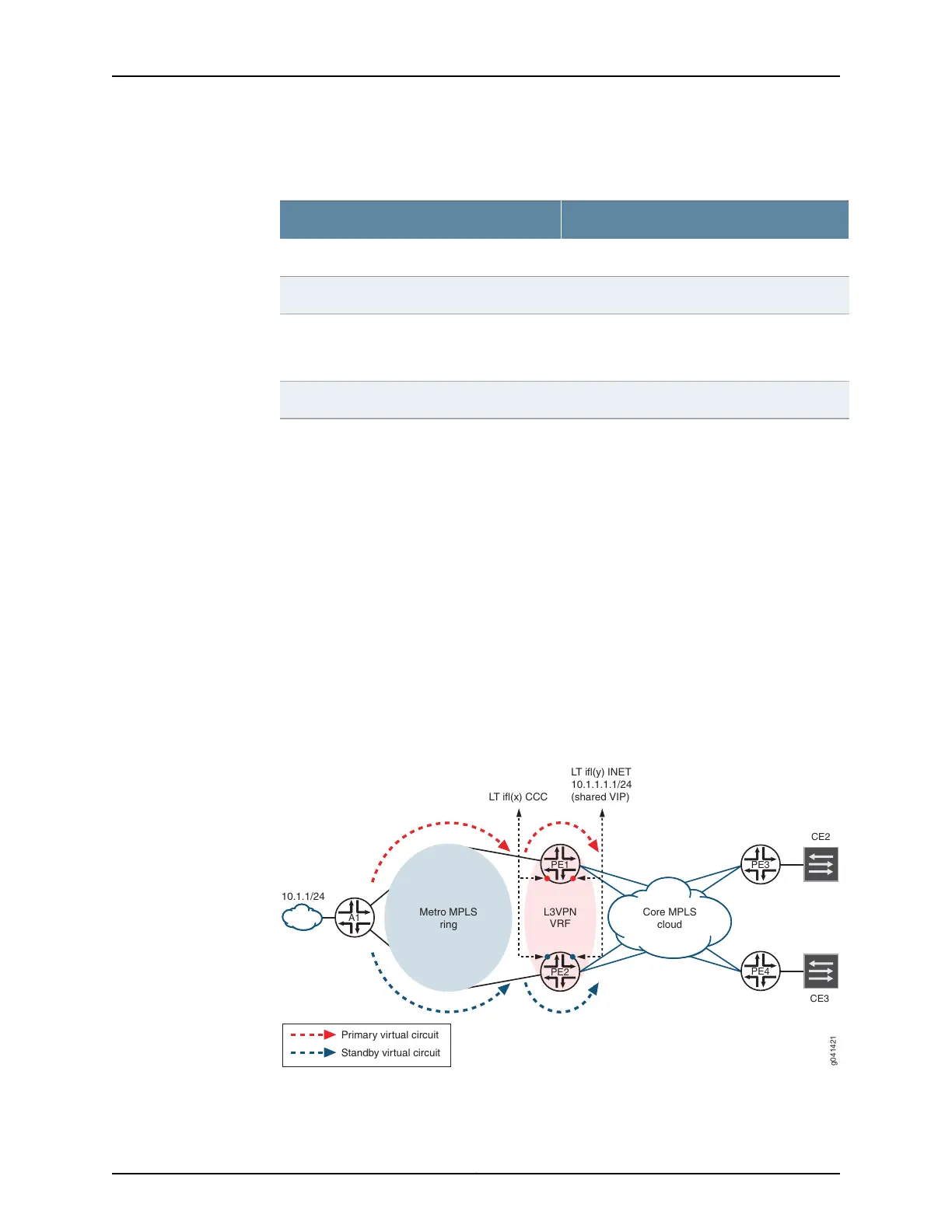Table 45: Pseudowire Status Code for the Pseudowire Status
TLV (continued)
CodeFlag
0x00000008L2CKT_PW_STATUS_PSN_RX_FAULT
0x00000010L2CKT_PW_STATUS_PSN_TX_FAULT
0x00000020
Indicates the standby state.
L2CKT_PW_STATUS_PW_FWD_STDBY
0x00000040L2CKT_PW_STATUS_SWITCH_OVER
In multichassis LAG (MC-LAG)-based scenarios, this same PW_FWD_STDBY flag is used
to advertise to remote PE devices which attachment circuit (AC) is being used as the
active one. Upon arrival of this flag, the receiving PE device drops any pseudowire built
toward the router originating this state. As we can see, this behavior denotes a slightly
different semantic for the PW_FWD_STDBY flag. As a consequence, you can configure
the hot-standby-vc-on statement to control whether the pseudowire must be constructed
upon arrival of the PW_FWD_STDBY flag (in the hot-standby pseudowire scenario), or
simply destroy it (in the MC-LAG scenario).
How It Works
The solution uses logical tunnel (lt-) paired interfaces for stitching the Layer 2 and Layer
3 domains.
Figure 32 on page 625 shows a diagram depicting how pseudowire redundancy in a mobile
backhaul scenario works.
Figure 32: Pseudowire Redundancy Mobile Backhaul Solution
g041421
PE1
CE2
CE3
Primary virtual circuit
Standby virtual circuit
LT ifl(x) CCC
LT ifl(y) INET
10.1.1.1.1/24
(shared VIP)
10.1.1/24
Core MPLS
cloud
Metro MPLS
ring
L3VPN
VRF
A1
PE3
PE4
PE2
625Copyright © 2017, Juniper Networks, Inc.
Chapter 20: Configuring MPLS and Pseudowires

